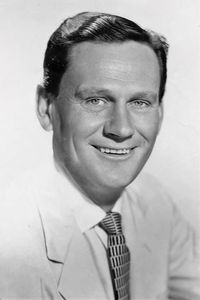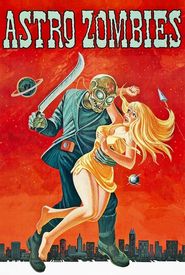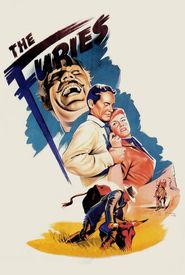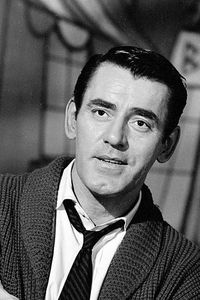Wendell Corey was a diligent American character actor who made a lasting impact in the film and television industries during the 1940s, 1950s, and 1960s. Born on March 20, 1914, in Dracut, Massachusetts, a small town in the northeastern part of the Commonwealth, near the New Hampshire border, Corey was the son of a Congregationalist clergyman.
After completing his education, Corey began his acting career in summer stock productions, where he honed his craft and developed his skills. During the Great Depression, he worked with the Federal Theater Project, a program created by President Franklin D. Roosevelt to provide employment opportunities for the unemployed. It was during his time with the Federal Theater Project that he met his future wife, Alice Wiley.
Corey made his Broadway debut in the 1942 production "Comes the Revelation," a short-lived play that lasted only two performances. However, his next play, "Strip for Action" (1942-43),was more successful, running for 110 performances. He continued to appear in supporting roles in various plays from 1943 to 1945, before making a name for himself as the cynical newspaperman in Elmer Rice's hit comedy "Dream Girl," which ran for an impressive 341 performances during the 1945-46 season.
During the run of "Dream Girl," Corey was discovered by producer Hal B. Wallis, the former head of production at Warner Bros. and an independent producer affiliated with Paramount Pictures. Wallis, who had previously discovered Burt Lancaster, signed Corey to a Paramount contract.
At Paramount, Corey made his movie debut in the 1947 film "Desert Fury." He went on to establish himself as a supporting player in A-level productions alongside top Hollywood stars during the 1940s and 1950s. He also carved out a niche for himself in television, starring in the TV series "Peck's Bad Girl" in the late 1950s. In the 1960s, Corey primarily worked in television.
Like Ronald Reagan, who was a Democrat at the time, Corey was a Republican with an interest in politics. He was elected to the board of directors of the Screen Actors Guild and served as the president of the Academy of Motion Picture Arts and Sciences from 1961 to 1963. As a Republican, Corey was elected to the Santa Monica City Council in 1965. He made a bid for the Republican nomination to contest a seat in Congress in 1966, but was defeated in the primary.
Corey continued to serve on the Santa Monica City Council until his untimely death on November 8, 1968, at the Motion Picture & Television Hospital in Woodland Hills, California. He was 54 years old at the time of his passing.




































































